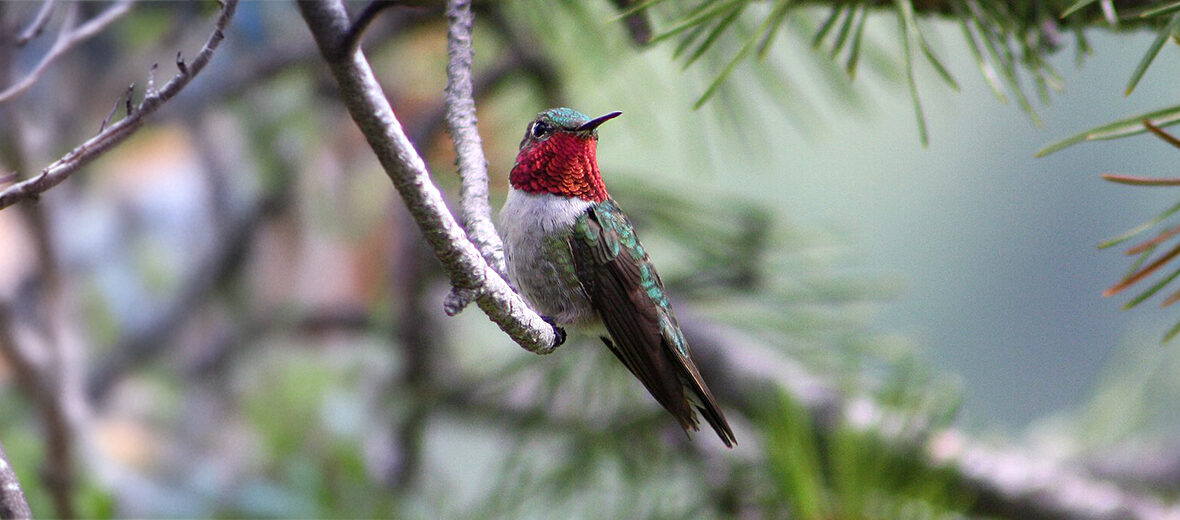
The broad-tailed hummingbird is a medium-sized hummingbird found at higher elevations from western Canada, western United States, Mexico, and Central America. These hummingbirds are abundant and often seen buzzing around flowers and hummingbird feeders in gardens. They face no substantial threats, sans accidental poisoning from pesticides and/or herbicides. The IUCN lists these little critters as Least Concern. However, their populations are decreasing throughout their ranges.
First the Stats…
Scientific name: Selasphorus platycercus
Weight: Up to .13 ounce
Length: Up to 4 inches
Wingspan: Up to 5.25 inches
Lifespan: Up to 12+ years
Now on to the Facts!
1.) There are an estimated 9,800,000 individuals throughout their range.
2.) This species is sexually dimorphic in that males and females have different colorations from each other.
3.) Their call is a repeated “cheet cheet cheet cheet…”.
4.) They also communicate via sounds made with their wings. The first is a wing hum, which is a sound made from regular flight. The second is a wing trill that is made during courtship behaviors. The wing trill sound can be heard by males up to 164 feet away and by females up to 246 feet away.
5.) The wing trill sound is made when air passes rapidly through the 9th and 10th primary feathers.
But wait, there’s more on the broad-tailed hummingbird!
6.) It has been noted that birds missing these feathers quickly lost their territory to other more competitive males.
7.) These hummingbirds prefer the understory or underneath tree canopies of oak and pine woodlands. They forage in open areas containing flowers or in grasslands among various trees and shrubs. Their breeding habitats are mainly in foothills, subalpine meadows, montane valleys, and stands of aspen or spruce.
Did you know…?
These hummingbirds migrate great distances of up to 1,500 miles each season, which is quite impressive considering their diminutive size.
8.) Nectar and smaller insects make up their diet.
9.) The cup-shaped nest takes up to 5 days to build and is constructed of lichen, moss, leaves, and tree matter, then stuck to a forked branch via spider webs.
10.) Females lay up to 2 eggs that hatch in up to 19 days.
But wait, there’s still more on the broad-tailed hummingbird!
11.) Chicks acquire feathers in up to 12 days and the females stays with her fledglings for several more weeks before they leave to start life out o their own.
12.) 1 survey discovered that there was a 52% decline in population between 1966 – 2015.
13.) Hawks, owls, jays, crows, and cats all prey on these small critters.
14.) Hummingbirds are diurnal (active during the day).
Now a Short Broad-Tailed Hummingbird Video!
Be sure to share & comment below! Also, check out the Critter Science YouTube channel. Videos added regularly!
Want to suggest a critter for me to write about? Let me know here.
Some source material acquired from: Wikipedia & IUCN
Photo credit: Kati Fleming




